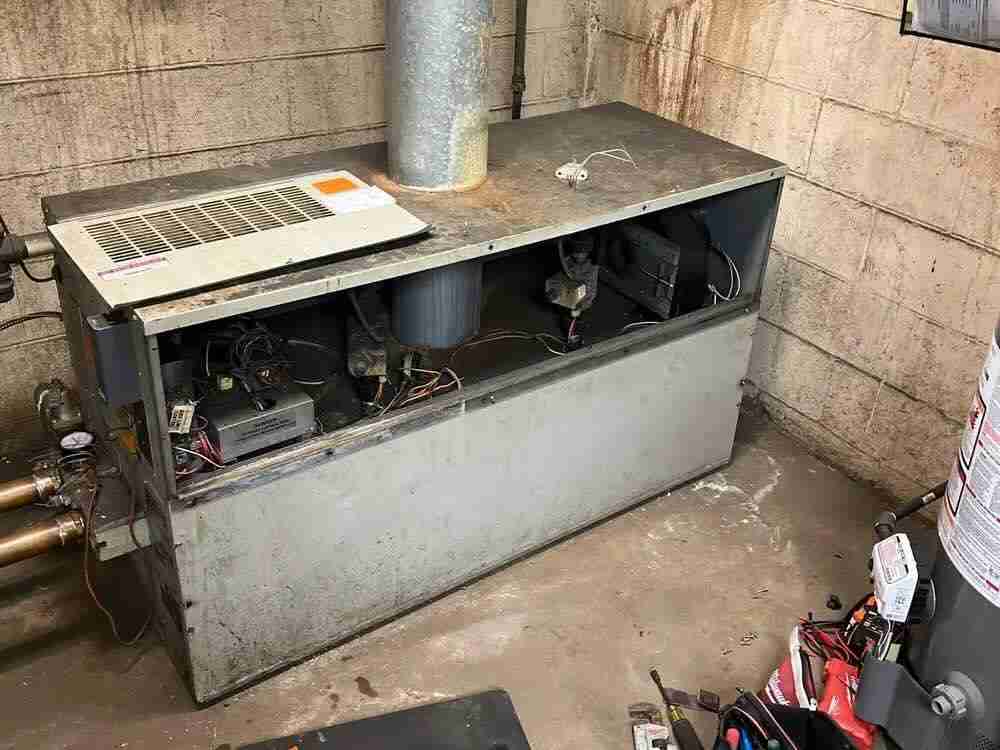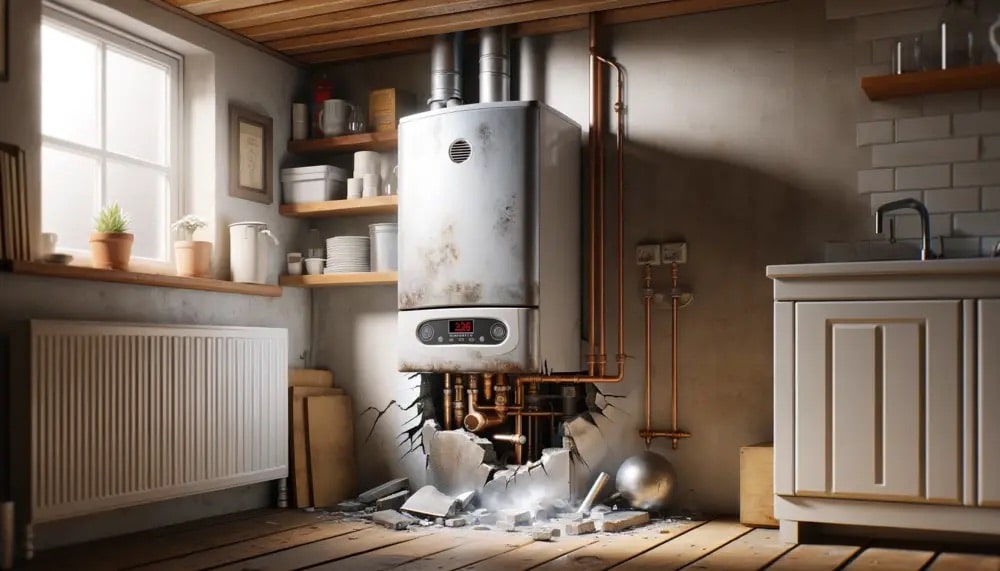
As winter brings its chill, boilers play an integral part in keeping homes comfortable. Unfortunately, however, many homeowners experience frustration from boilers not responding to thermostats or that refuse to ignite - creating an additional source of discomfort in an already uncomfortable home environment. We will explore common boiler issues along with their causes and offer comprehensive solutions in this comprehensive guide that should keep you warm throughout this cold season.
The Importance of a Responsive Boiler
An efficient boiler system is the cornerstone of a warm living space. However, when its operation falters or fails to respond to your thermostat setting, not only do you find yourself left out in the cold, but it may also pose health and safety risks. In such cases, our boiler repair professionals in Howell can provide the expertise needed to address these issues promptly. Now, let's explore the boiler's components and their roles in maintaining its proper functionality, ensuring your living space remains warm and safe.
Boiler Anatomy
A typical boiler system consists of various components that each play an essential part in its operation. The thermostat serves as the command center, setting desired temperatures, while pilot lights or ignition systems initiate combustion and ensure consistent fuel delivery; gas supply ensures uninterrupted supply; thermocouples detect flame presence while burners can accumulate debris over time and prevent their proper ignition; understanding all these aspects will facilitate effective troubleshooting efforts.
Common Cause of Boiler Not Igniting
Identifying the root cause of a boiler not igniting can be complex, often requiring the expertise of a professional HVAC technician. Below, we have outlined some common reasons for a boiler not igniting.
Thermostat Issues:
The thermostat acts as the communication bridge between you and your heating system. If it fails to convey accurate temperature information, ignition problems may arise. Always make sure that the thermostat is set to the desired temperature and is in proper working condition. In the case of a programmable thermostat, verify the schedule's accuracy and replace batteries if needed.
Pilot Light or Ignition Failure:
A faulty pilot light or ignition system is a prevalent cause of a boiler not turning on. For boilers with a pilot light, visually inspect for a flame. If absent, follow the manufacturer's guidelines to reignite it. Electronic ignition systems should produce a clicking sound during ignition attempts.
Gas Supply Issues:
Gas-fired boilers require constant access to a fuel source. Ensure that your gas valve is open and check for obstructions in the line. If any signs of leakage are detected, immediate action is crucial; this may include evacuating the area and promptly calling emergency services.
Faulty Thermocouple:
A thermocouple acts as a safety feature, automatically shutting off gas supplies if no flame is detected. As part of your maintenance regimen, check it regularly for wear, corrosion, or misalignment before replacing damaged units as per manufacturer specifications for accurate flame detection.
Blocked or Dirty Burner:
Over time, burners accumulate debris such as dirt or soot that prevents the ignition of their flame. Regular maintenance, including burner cleaning, should be conducted to avoid this happening and ensure safe operations of the boiler. Make sure the boiler is off before beginning any cleaning processes according to its manufacturer's recommendations for safe cleaning practices.
Learn More About: AC Energy Efficiency to Save the Most
DIY Troubleshooting Steps to Resolve Boiler Ignition Problems

Step 1: Check the Thermostat
Thoroughly examine the thermostat settings to ensure they align with your comfort preferences. For programmable thermostats, validate the accuracy of the programmed schedule. Replace the thermostat batteries and inspect the wiring for any signs of damage or disconnection.
Step 2: Inspect the Pilot Light
If your boiler has a pilot light, visually check for its presence. If the flame is out, follow the manufacturer's instructions to reignite it. For electronic ignition systems, listen for the distinctive clicking sound during ignition attempts.
Step3: Verify Gas Supply
Gas-related issues can impede ignition. Confirm that the gas valve is open, and inspect the gas line for any obstructions. If a gas leak is suspected, prioritize safety by evacuating the premises and contacting emergency services.
Step 4: Examine the Thermocouple
The thermocouple's role in detecting the flame is critical for safety. Regularly inspect it for wear, corrosion, or misalignment. If damaged, replace it following the manufacturer's guidelines and ensure proper positioning for effective flame detection.
Step 5: Clean the Burner
The burner's efficiency relies on cleanliness. Turn off the boiler and adhere to the manufacturer's safety guidelines for cleaning. Removing accumulated dirt and debris ensures efficient combustion, promoting reliable ignition.
Final Verdict on Boiler Not Firing Up
A malfunctioning boiler can disrupt the comfort of your home during the winter months. Addressing ignition issues promptly is crucial to avoiding prolonged discomfort and potential safety hazards. By following the comprehensive troubleshooting steps mentioned in this guide, you can recognize and fix common problems that may be preventing your boiler not responding to the thermostat or from igniting. Additionally, incorporating regular maintenance practices into your routine guarantees the long-term efficiency and reliability of your boiler.
If issues persist, Brock Mechanical’s professional assistance is readily available for emergency services. Our licensed HVAC technicians in Howell, MI, ensure an accurate diagnosis and effective solutions. Remember, a well-maintained boiler is key to a warm and comfy home throughout the colder months.


